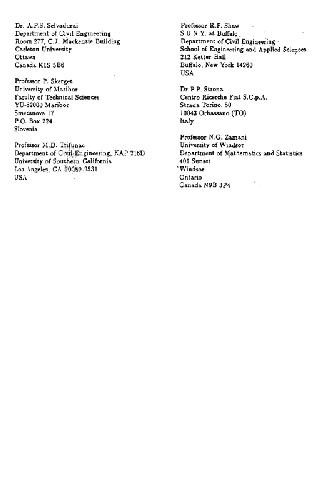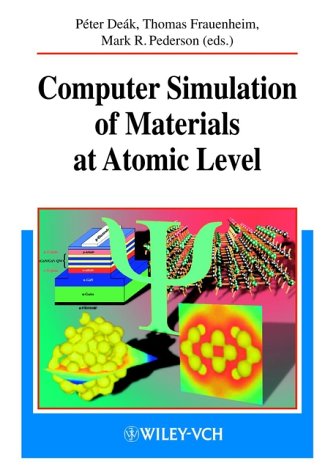Linn F. Mollenauer, James P. Gordon012504190X, 9780125041904, 9780080454139
Table of contents :
Front cover……Page 1
Solitons in Optical Fibers……Page 5
Copyright Page……Page 6
About the Authors……Page 7
Contents……Page 9
Preface……Page 15
Introduction……Page 19
Fiber Dispersion and Nonlinearity……Page 22
The NLS Equation: Derivation and Fundamental Consequences……Page 27
The Soliton……Page 33
Introduction……Page 41
Pulse Behavior in Maps Having Gain and Loss……Page 54
Map Scaling to Higher Bit Rates……Page 61
Dispersion-managed Solitons: Summary……Page 62
Some Basic Concepts……Page 65
Optical Amplifiers……Page 73
ASE Growth in a Chain of Ampli.ers and Fiber Spans……Page 78
ASE-induced Errors……Page 85
Frequency-guiding Filters……Page 103
Soliton–soliton Collisions in WDM……Page 121
Applications of the Inverse Scattering Transform……Page 130
Introduction……Page 145
Effects of Periodic Loss and Variable Dispersion……Page 146
Analytical Theory of Collisions in Perturbed Spans……Page 148
Dispersion-tapered Fiber Spans……Page 152
Pseudo Phase Matching of Four-wave Mixing in WDM……Page 153
Control of Collision-induced Timing Displacements……Page 158
Effects of Polarization……Page 159
Gain Equalization with Guiding Filters……Page 160
Experimental Con.rmation……Page 162
Soliton–soliton Collisions……Page 167
Experimental Tests……Page 187
Polarization States and the Stokes–Poincaré Picture……Page 197
Linear Birefringence of Transmission Fibers……Page 199
Soliton Propagation……Page 204
Polarization Scattering by Soliton–soliton Collisions……Page 207
Soliton Sources……Page 213
The Temporal Lens……Page 218
Clock Recovery……Page 224
Dispersion Measurement……Page 226
Accurate Measurement of Pulse Widths Using a Detector with Finite Response Time……Page 236
Flat Raman Gain for Dense WDM……Page 239
A.1. Introduction……Page 247
A.2. The Maple Program……Page 250
B.2. The Beginning: John Scott Russell and His Discovery……Page 259
B.3. Solitons in Optical Fibers……Page 262
B.4. The Soliton Legacy……Page 274
References……Page 279
Index……Page 289







Reviews
There are no reviews yet.